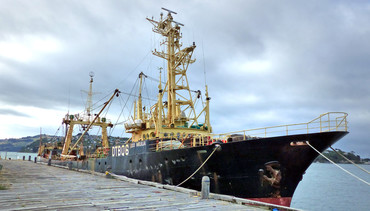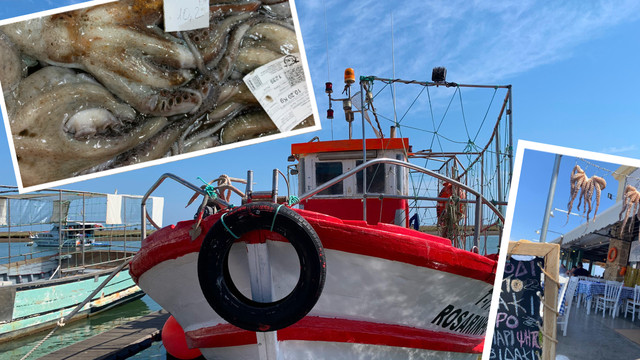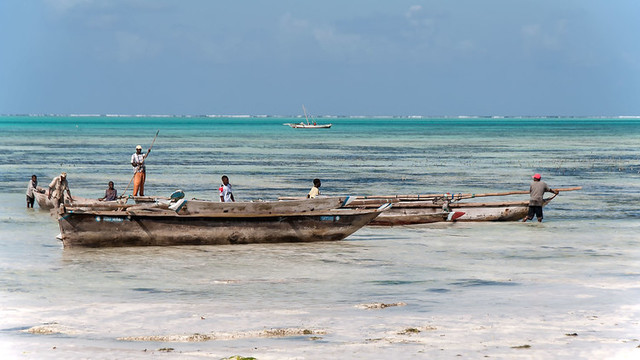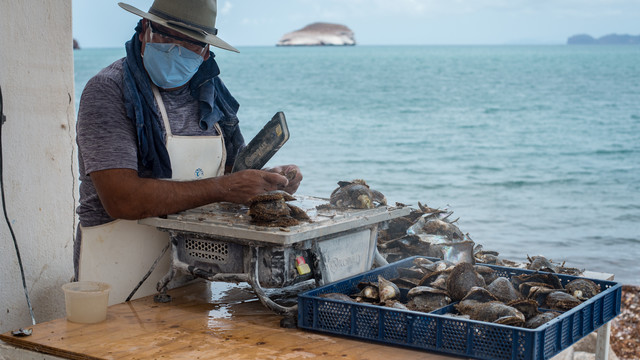IIED animation: how a new global treaty could turn the tide to save the high seas
The final instalment in a series of three animations from IIED on how nations can move towards an inclusive blue economy explores how a new global treaty – the first of its kind – could end lawlessness that threatens conservation of the high seas.
This vast stretch of ocean – covering 50% of the planet – falls outside national boundaries. Ungoverned, these seas are exposed to widespread abuses such as overfishing or the dumping of chemical waste and plastic.
This puts the food security of millions of people at stake. And, due to the interconnected nature of our ocean, dangerous pollutants are washed ashore with crippling effects for coastal communities.
The animation condenses into 90 seconds how a new international and legally binding agreement, set to govern conservation and sustainable use of biological diversity in areas beyond national jurisdiction (BBNJ), is a once-in-a-lifetime opportunity to protect marine species and the communities whose livelihoods and economies rely on the high seas.
The short video calls for the new treaty to incorporate mechanisms that ensure activity in these waters benefit everyone. Measures could include a trust fund that builds capacity of fishing communities so they can be involved in monitoring the environmental health of the high seas, or to actively participate in research and development. Other tools such as marine protected areas can prevent dangerous overfishing, safeguard biodiversity and help maintain ecosystem stability.
Under a project supported by the Swedish International Development Cooperation Agency (Sida), IIED is working with experts, policymakers and communities to close the governance gap in the high seas, replacing it with a new legally binding treaty that protects the high seas and enables the people who depend on it to thrive.
Further IIED animations about an inclusive blue economy
- Why the value that small-scale fishing brings to national economies should be recognised by policymakers
- How fiscal policy tools such as taxes, penalties and subsidies can support the health of the ocean and protect the livelihoods of people who depend on it




